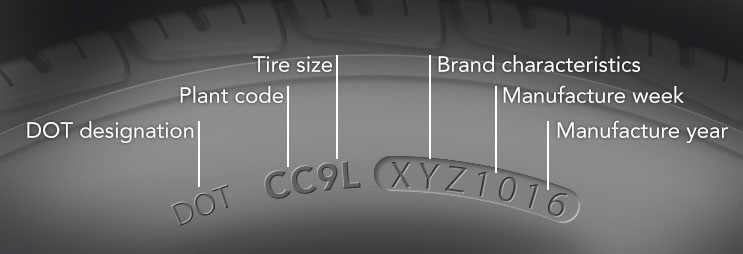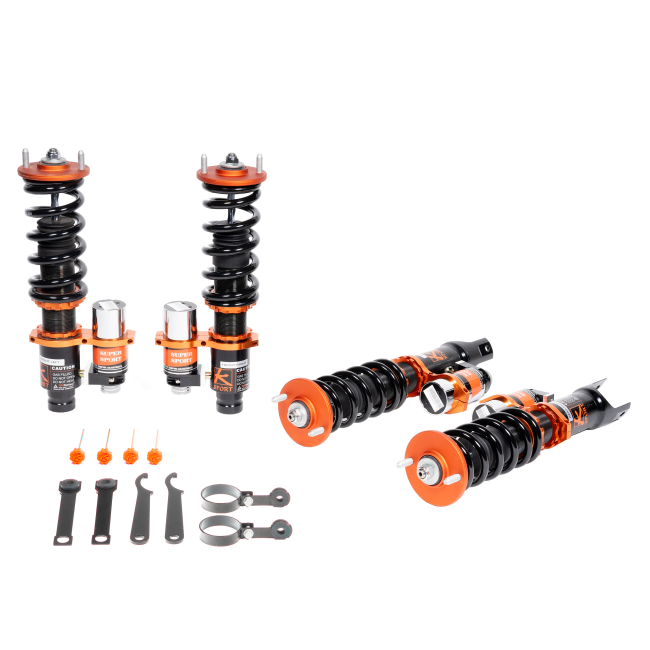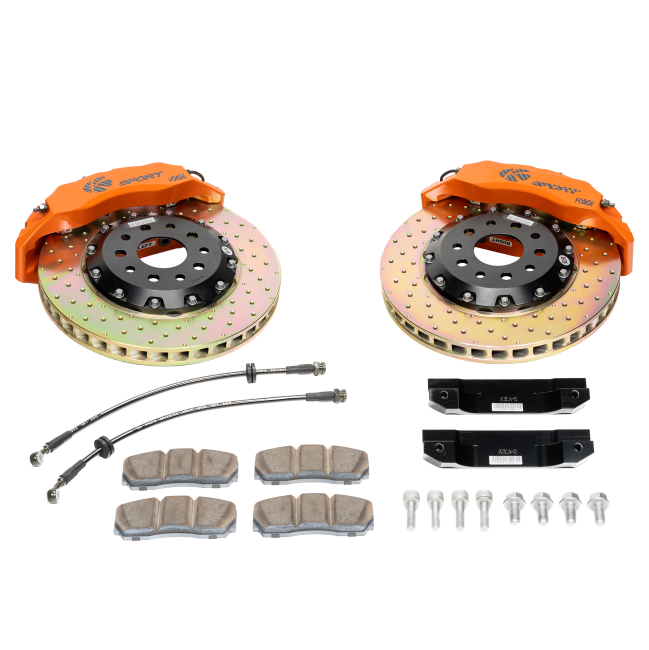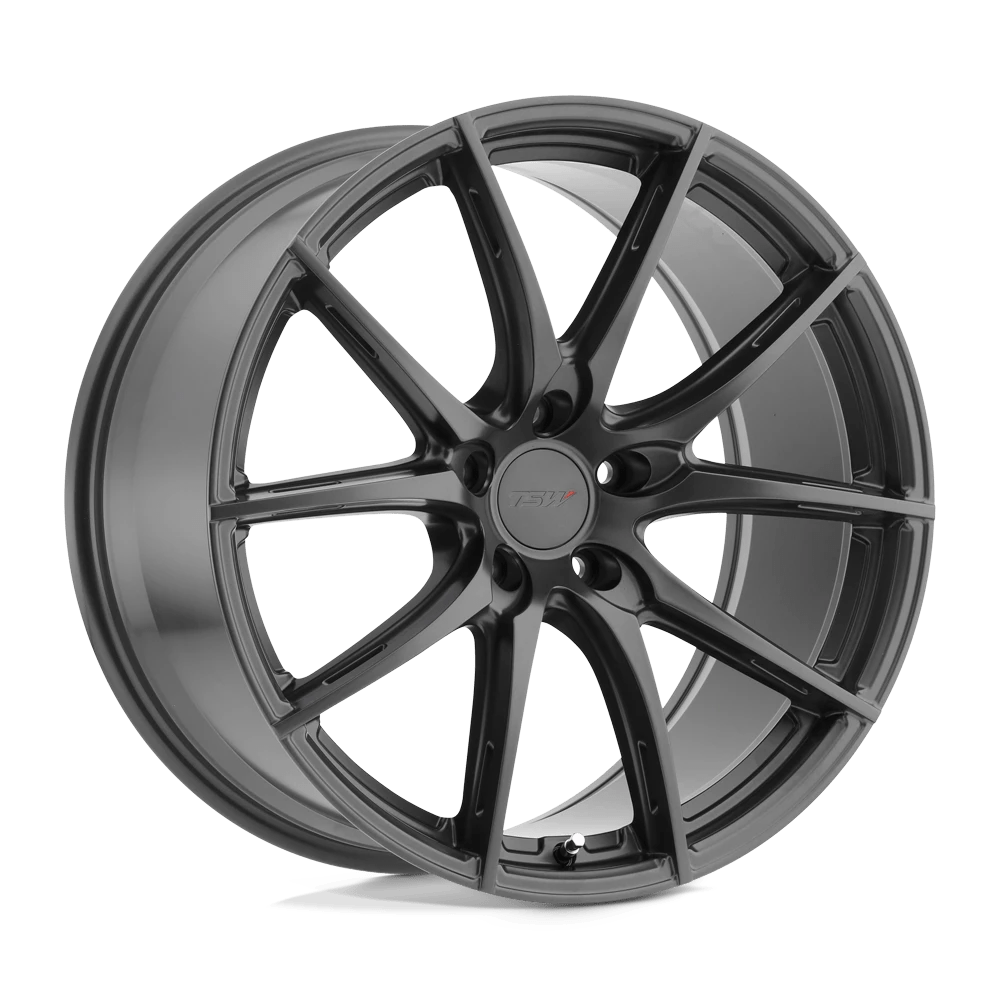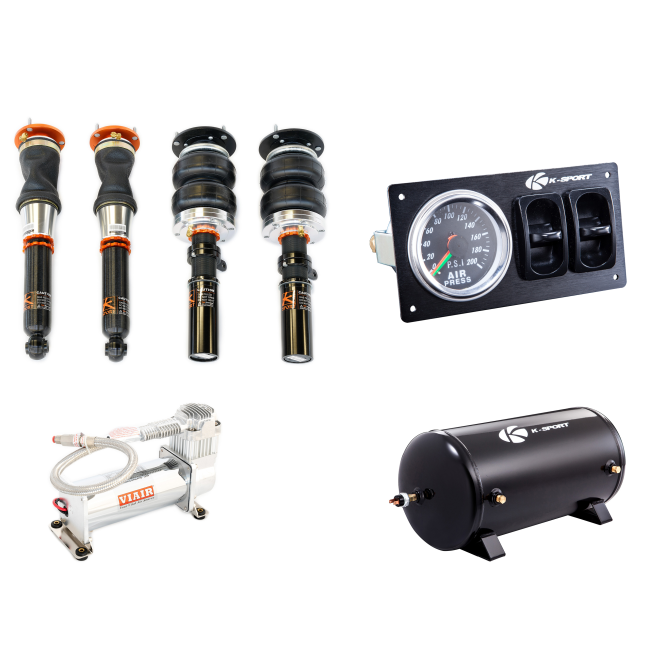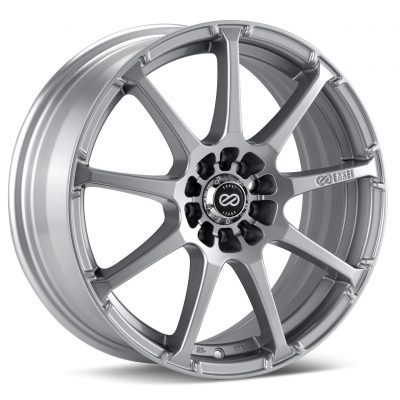Understanding Tire Codes and the Tires That Are Right for Your Car
Tires have become a part of the suspension system on your car, and the tire ratings that are on the sidewall all mean something. Deciphering those codes is not as hard as they might seem, and once you understand them, buying the right tire for your car is simple.
Decipher the Code
On the sidewall of the tires you have on your car or truck are a set of letters and numbers. When you look at these numbers, you can break down the information and learn all you need to know about that tire.
Tire Size and Load Ratings
Most tires in the United States use a number to indicate the speed rating on the tire. Using the tire rating 225/50R16 89H as the tire size, the numbers at the very end of the code indicate the load rating. In this example, the 89 are the load rating and represent a load index of 1279 pounds per tire. On a car that weights 3500 pounds, that load rating indicates the tire is durable enough for the car.
In this example, the first set of numbers is the nominal width of the tire. For this one, it would indicate a 225-millimeters wide tire. The next set of numbers is the height of the sidewall. So for our example tire, the number 50 indicates the tire has a sidewall that is 50-percent of the width. If the width is 225 millimeters, the sidewall would be 127.5 millimeters tall. The 16 indicates the tire fits on a 16-inch diameter wheel, and the letter R indicates the tire is a radial.
Tire Speed Ratings
On the same tire from the above example, the letter at the end of the code is the speed rating. In this case, the H indicates the tire is rated to 130 miles per hour. The ratings go much higher and end at a Y-rated tire that is for tires that can withstand speeds in excess of 186 miles per hour. These are specialty tires and not something you will have on an ordinary car.
Light Truck Tires
When you buy tires for a truck, the numbers have the same meanings, but instead of the speed rating in the number, you will often find an LT that indicates the tire is for a light pickup or SUV. The LT designation may indicate the tire is a heavy tire with plies of rubber to aid in the load that it has to carry.
The load rating will be higher on these tires as well because they carry both the weight of the truck and the cargo in the truck.
Specialty Tire Codes
Tires on trailers and other vehicles may also have some specific ratings that do not fall into the standard code. A tire that carries the code ST is an example. These tires are specialty trailer tires and should not be on anything other than a trailer. In some cases, these tires are bias ply tires that are not as stable as the steel-belted radials we have become so accustomed to today.
If you have any problem understanding these codes, the best option is to head to the tire shop and talk to the tire experts about the tires you have and what you should replace them with.
At Extreme Wheels, we specialize in wheels and tires and can help you pick the perfect package for your car or truck. Come and see us today so we can talk about what you want to achieve with your car or truck, and we will help you get the right tire for your needs.

